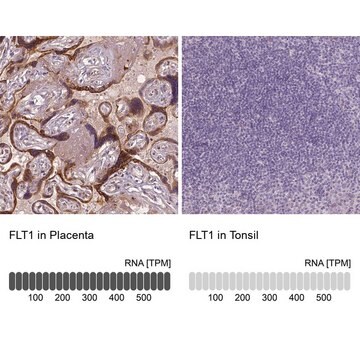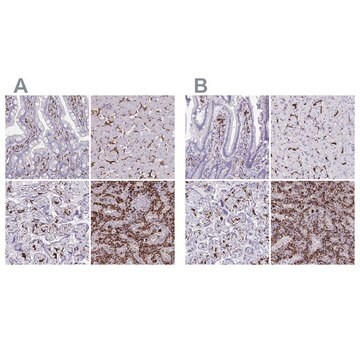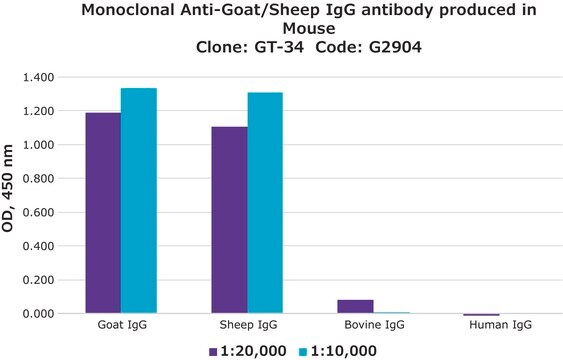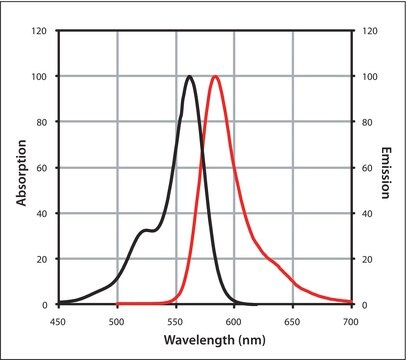SAB1301555
ANTI-CD163 (N-TERM) antibody produced in rabbit
IgG fraction of antiserum, buffered aqueous solution
Synonym(s):
CD163, CD_antigen=CD163, Hemoglobin scavenger receptor, M130, Scavenger receptor cysteine-rich type 1 protein M130, Soluble CD163, sCD163
About This Item
Recommended Products
biological source
rabbit
Quality Level
conjugate
unconjugated
antibody form
IgG fraction of antiserum
antibody product type
primary antibodies
clone
polyclonal
form
buffered aqueous solution
mol wt
125437 Da
species reactivity
human
technique(s)
immunohistochemistry: 1:50-1:100
western blot: 1:250-1:500
UniProt accession no.
shipped in
wet ice
storage temp.
−20°C
target post-translational modification
unmodified
Gene Information
human ... CD163(9332)
Physical form
Disclaimer
Not finding the right product?
Try our Product Selector Tool.
Storage Class Code
10 - Combustible liquids
WGK
nwg
Flash Point(F)
Not applicable
Flash Point(C)
Not applicable
Certificates of Analysis (COA)
Search for Certificates of Analysis (COA) by entering the products Lot/Batch Number. Lot and Batch Numbers can be found on a product’s label following the words ‘Lot’ or ‘Batch’.
Already Own This Product?
Find documentation for the products that you have recently purchased in the Document Library.
Our team of scientists has experience in all areas of research including Life Science, Material Science, Chemical Synthesis, Chromatography, Analytical and many others.
Contact Technical Service







